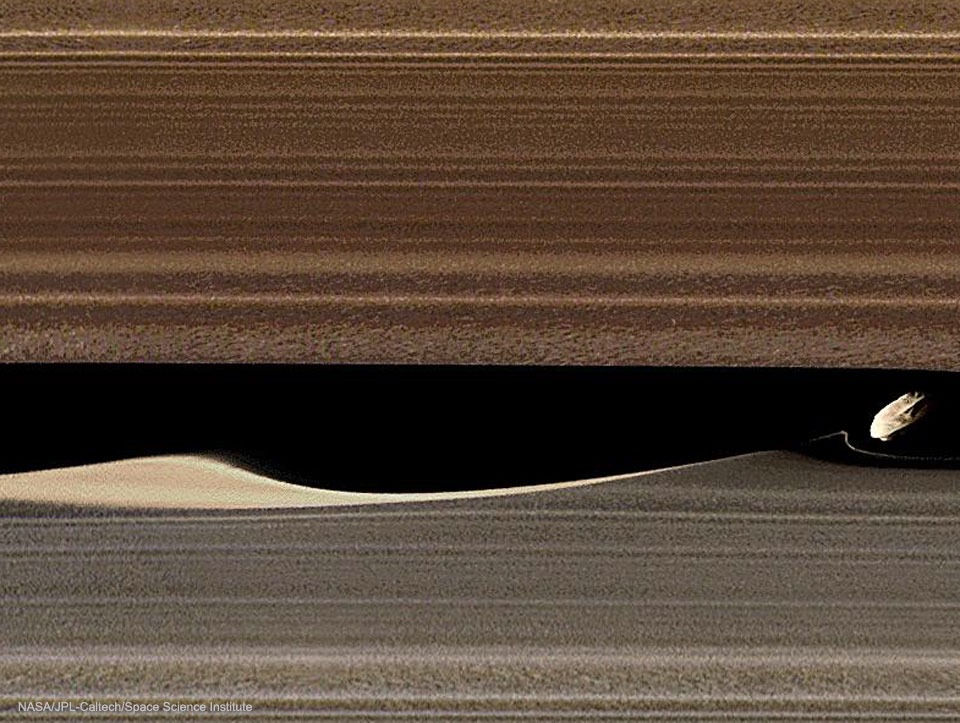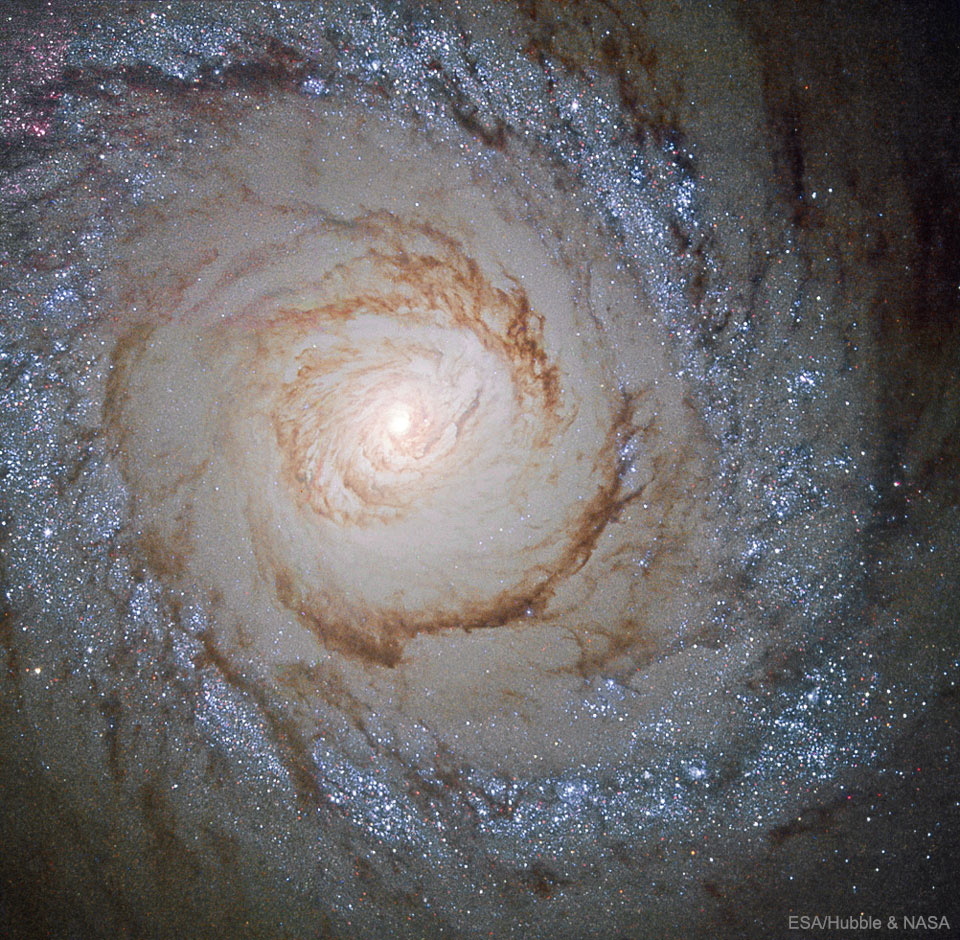
Starburst Galaxy M94 from Hubble

Star Trails for a Red Planet
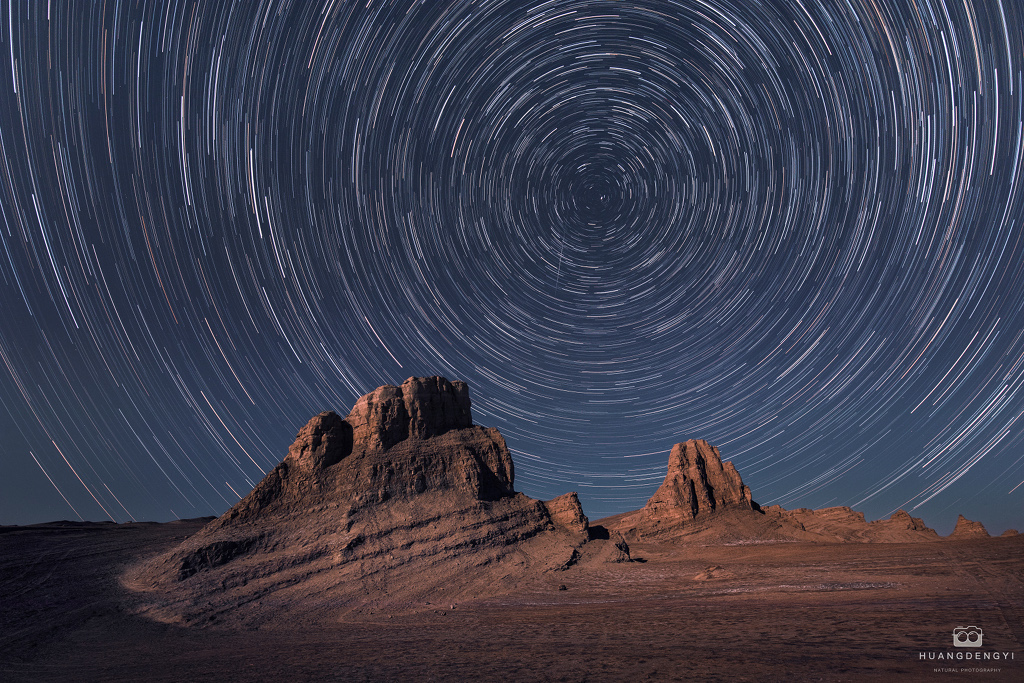
Black Hole Nurtures Baby Stars a Million Light-Years Away

Galileo s Europa Remastered

Moon and Planets at Twilight

Thanksgiving 2019 Aboard the Space Station

Hoags Object: A Nearly Perfect Ring Galaxy
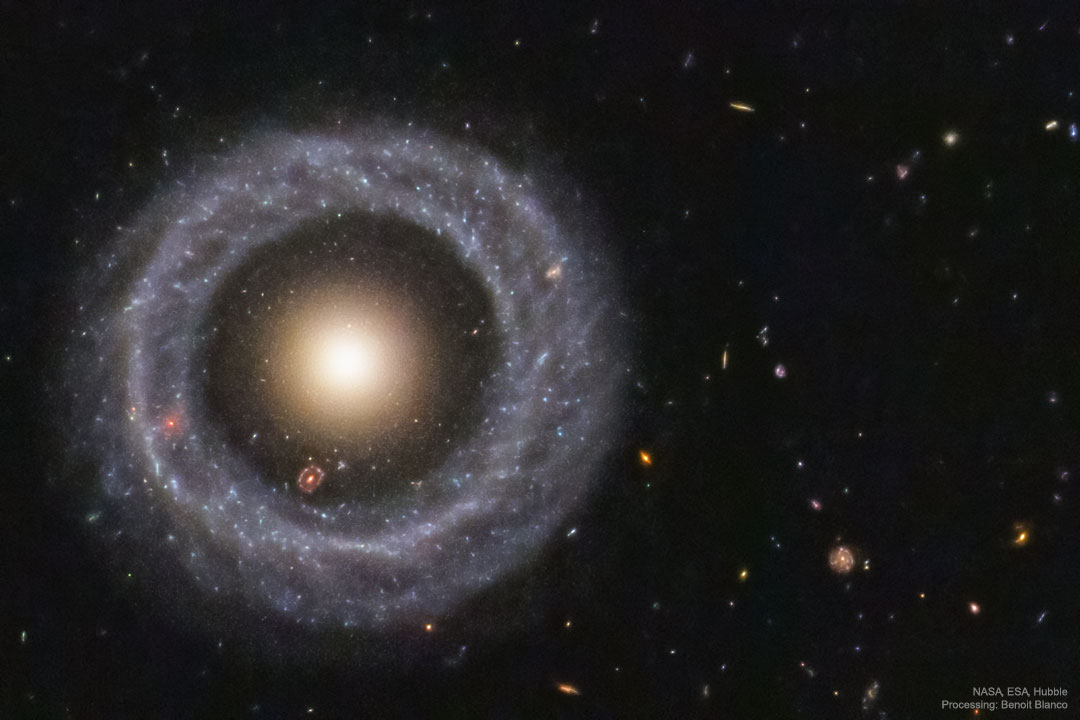
Inspiring a New Generation of Astronauts

Venus and Jupiter on the Horizon
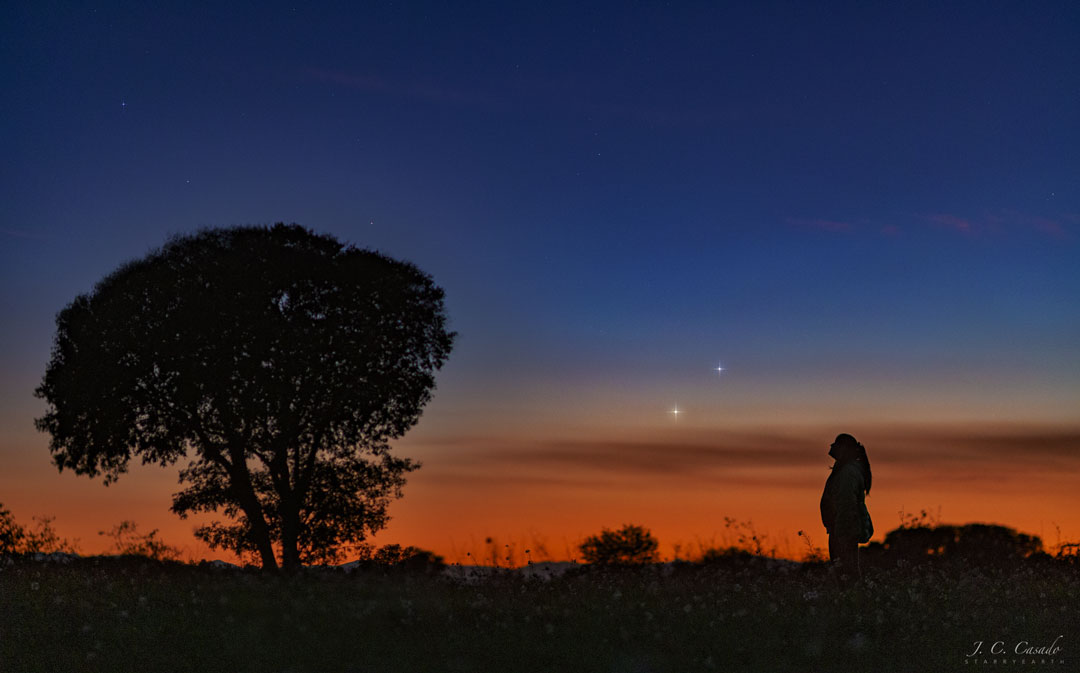
Astronauts Complete 2nd Phase to Repair Alpha Magnetic Spectrometer

NGC 6995: The Bat Nebula
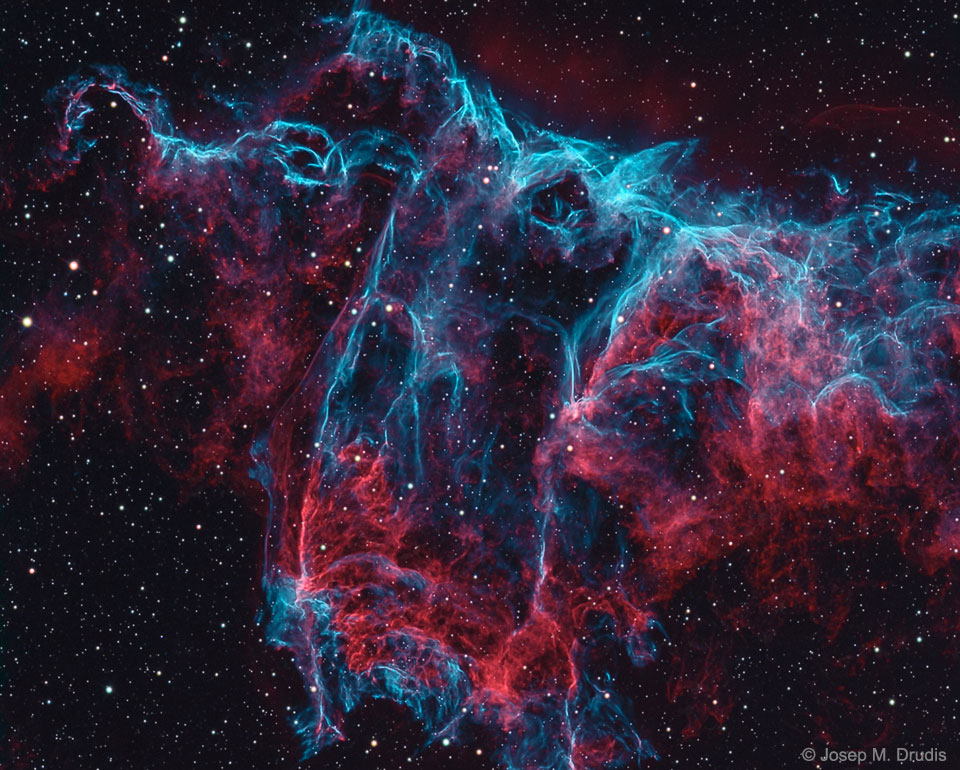
Apollo 12 and Surveyor 3 Stereo View
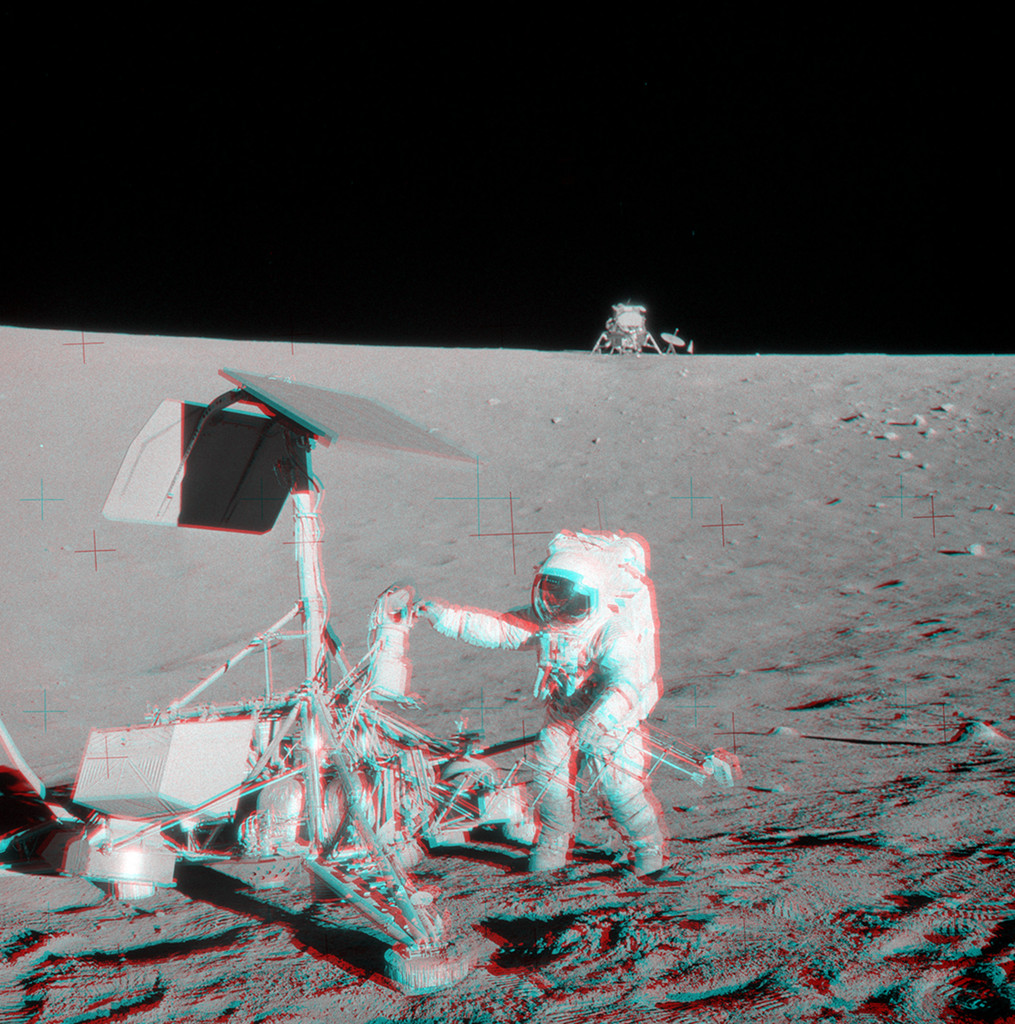
Hubble Eyes an Emitting Galaxy

Orion Rising
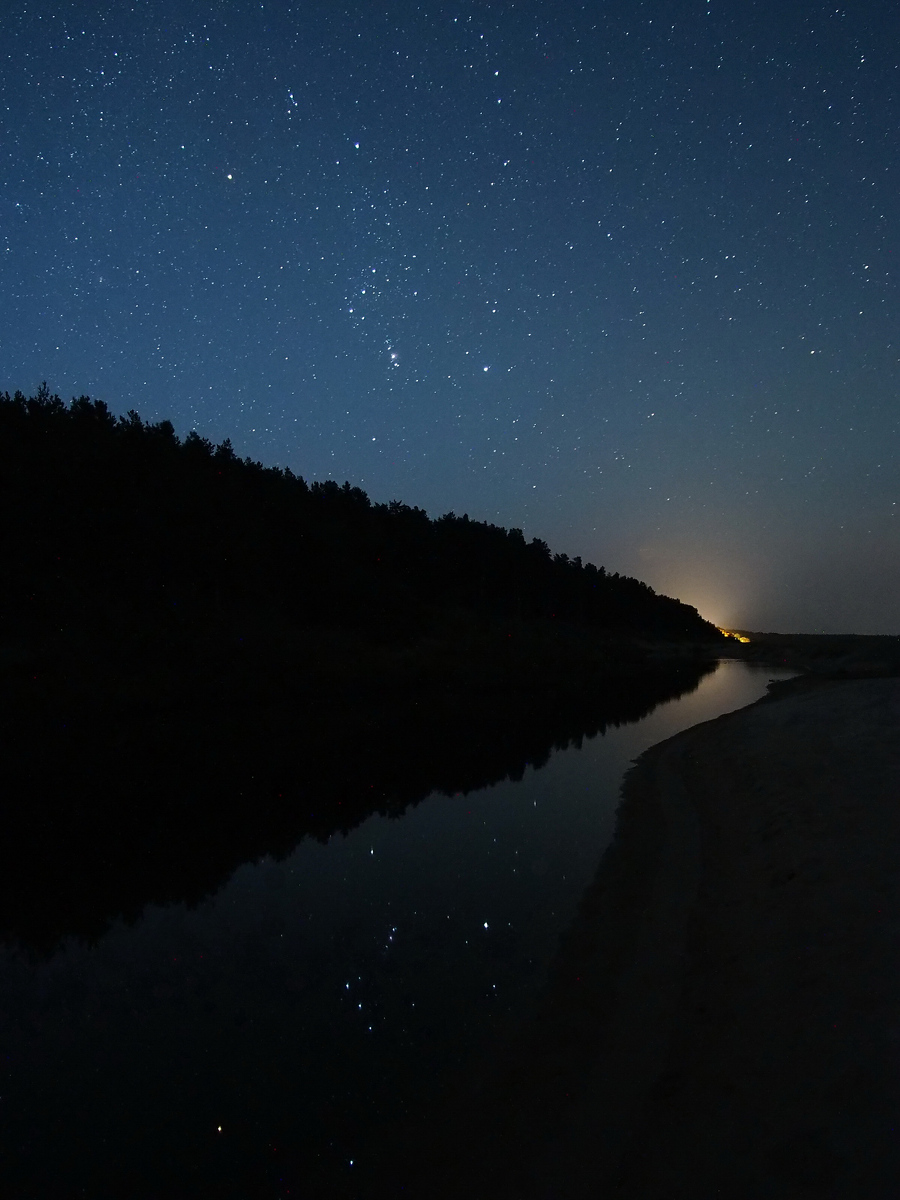
Edward Gonzales: Advocating for Underserved Communities

Simeis 147: Supernova Remnant
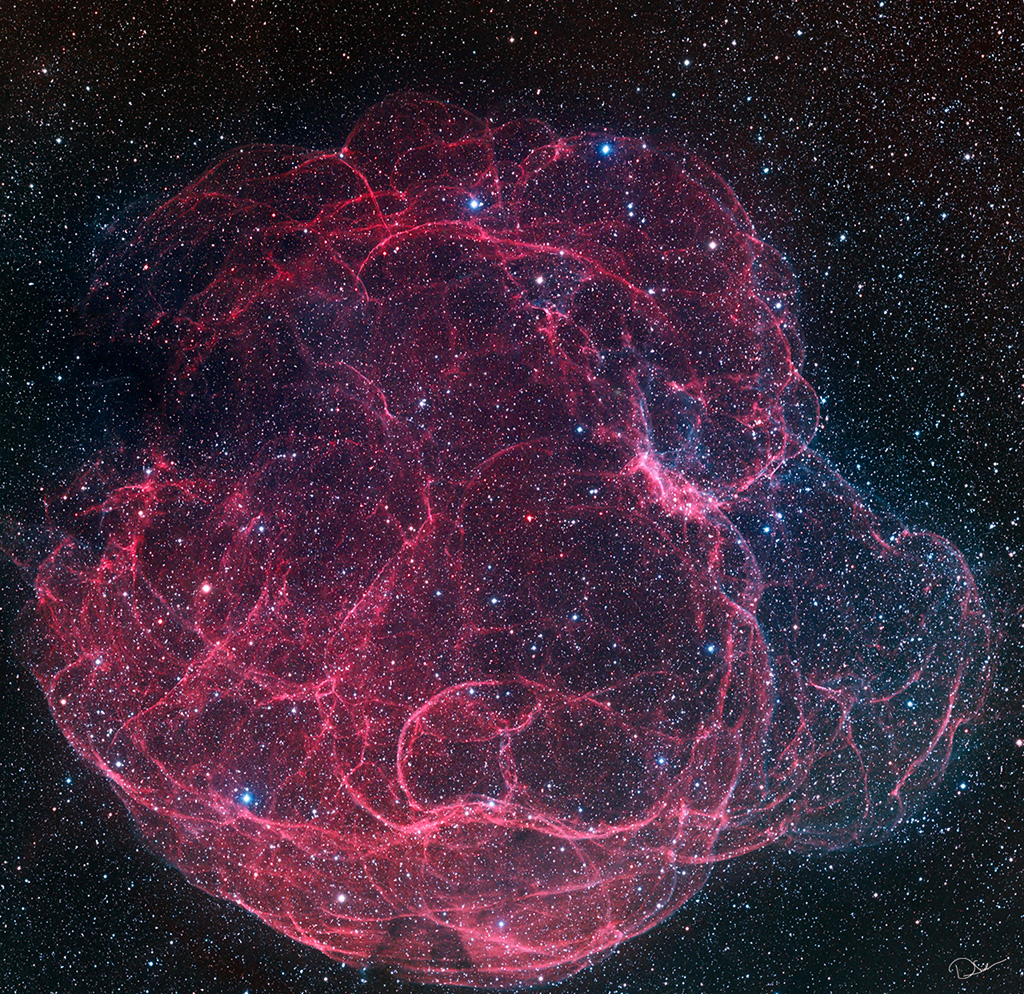
Stars Are Being Born in the Depths of a Black Hole

Arp 273: Battling Galaxies from Hubble
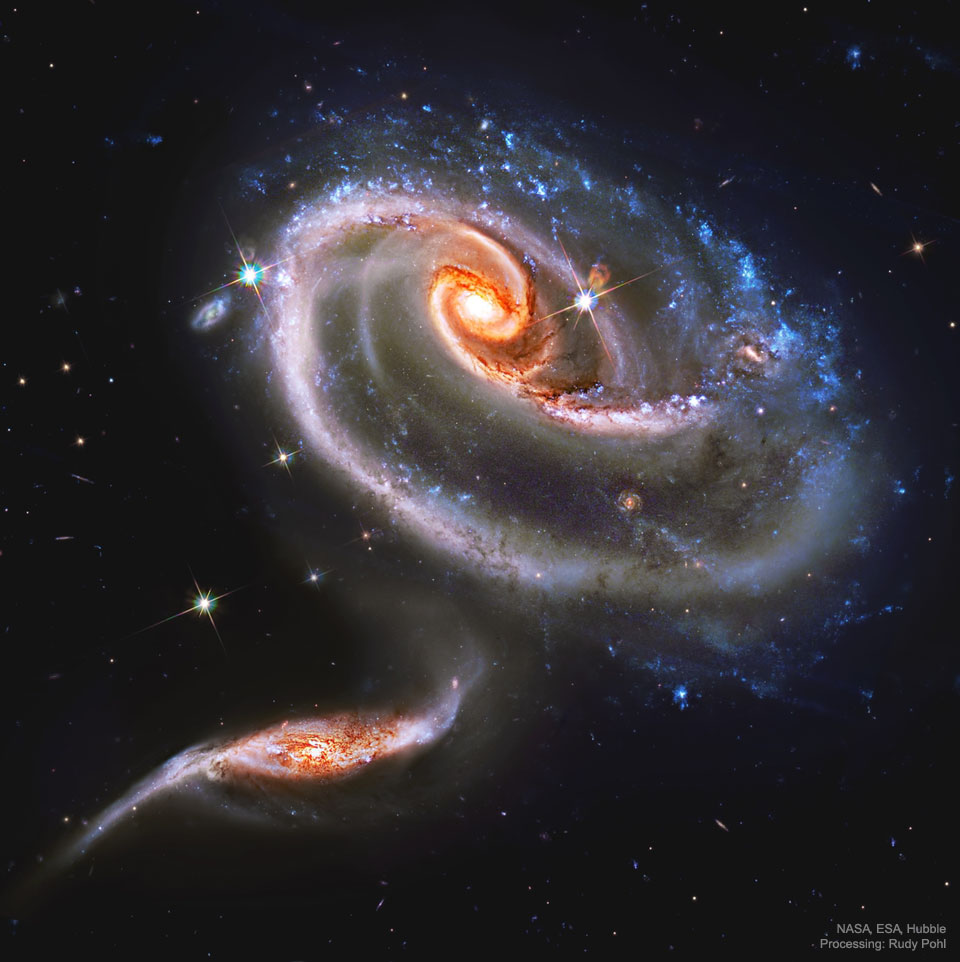
George Gorospe: From Intern to Research Engineer

Milky Way over Uruguayan Lighthouse
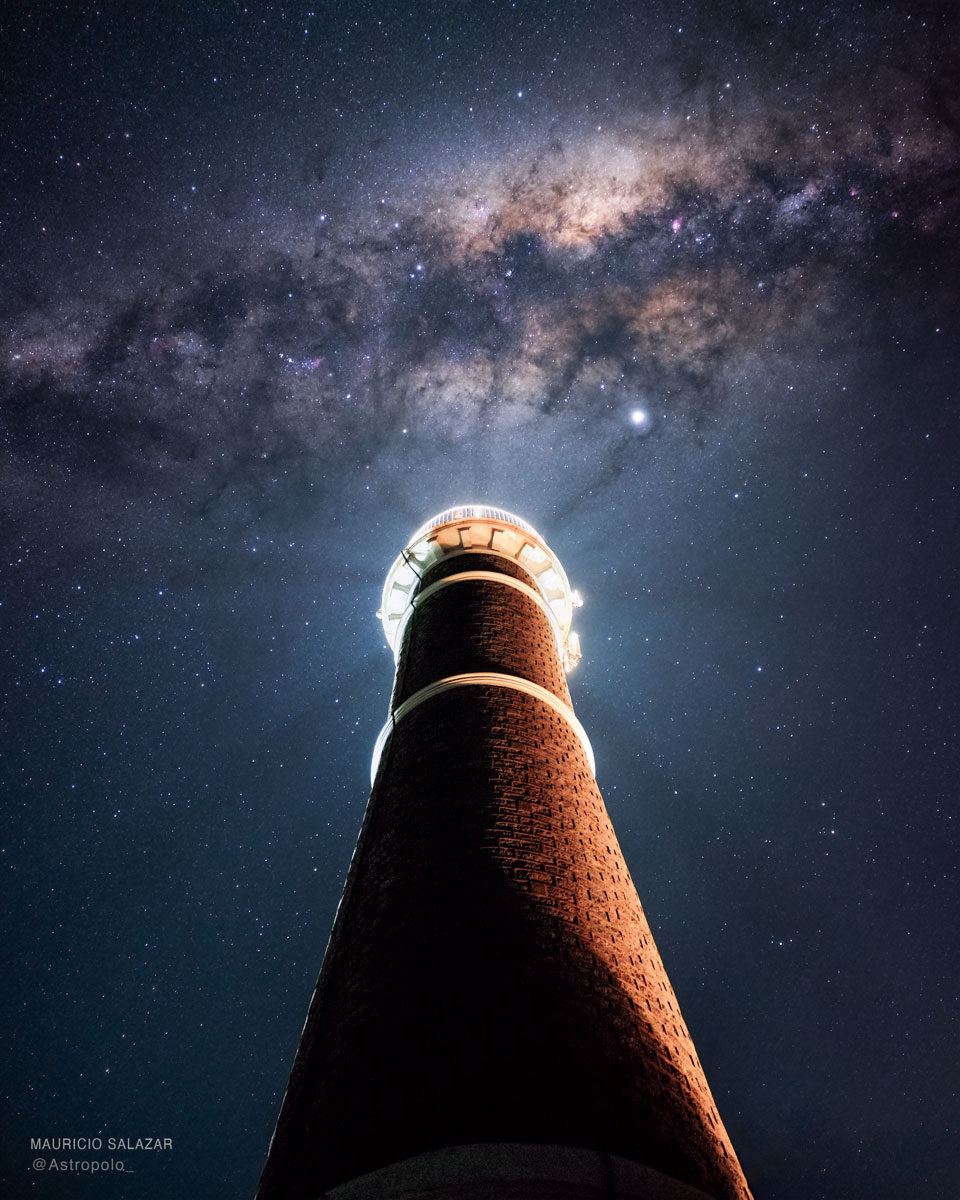
Astronauts Complete First Excursion to Repair Cosmic Particle Detector

Passing Asteroid Arrokoth

Young Stars in the Rho Ophiuchi Cloud
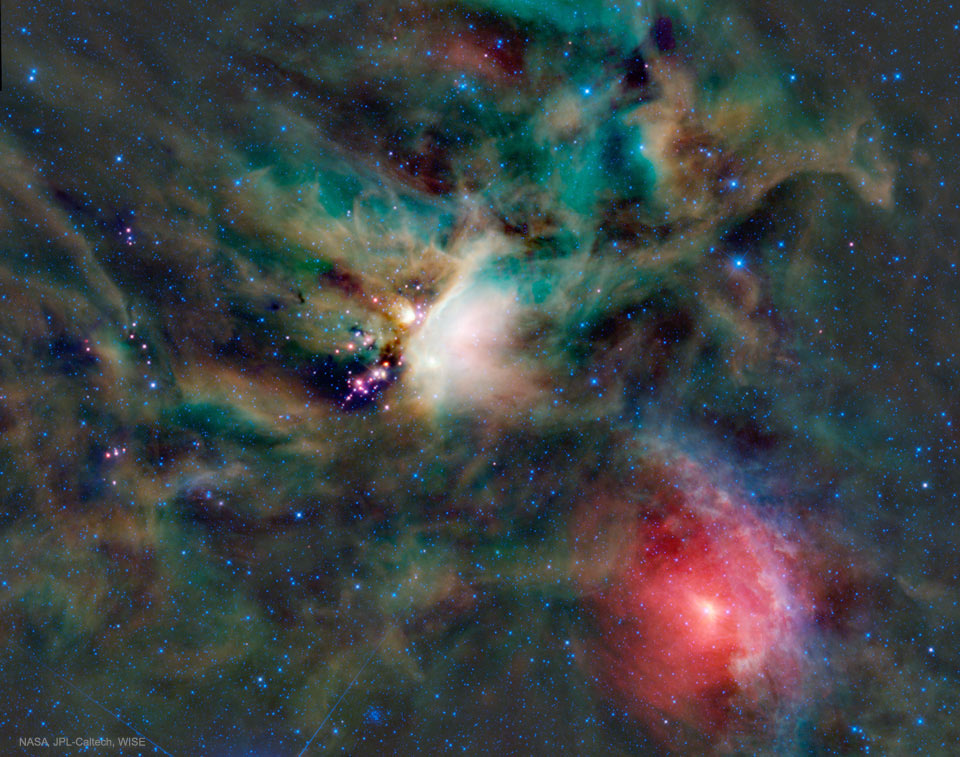
The Star Streams of NGC 5907
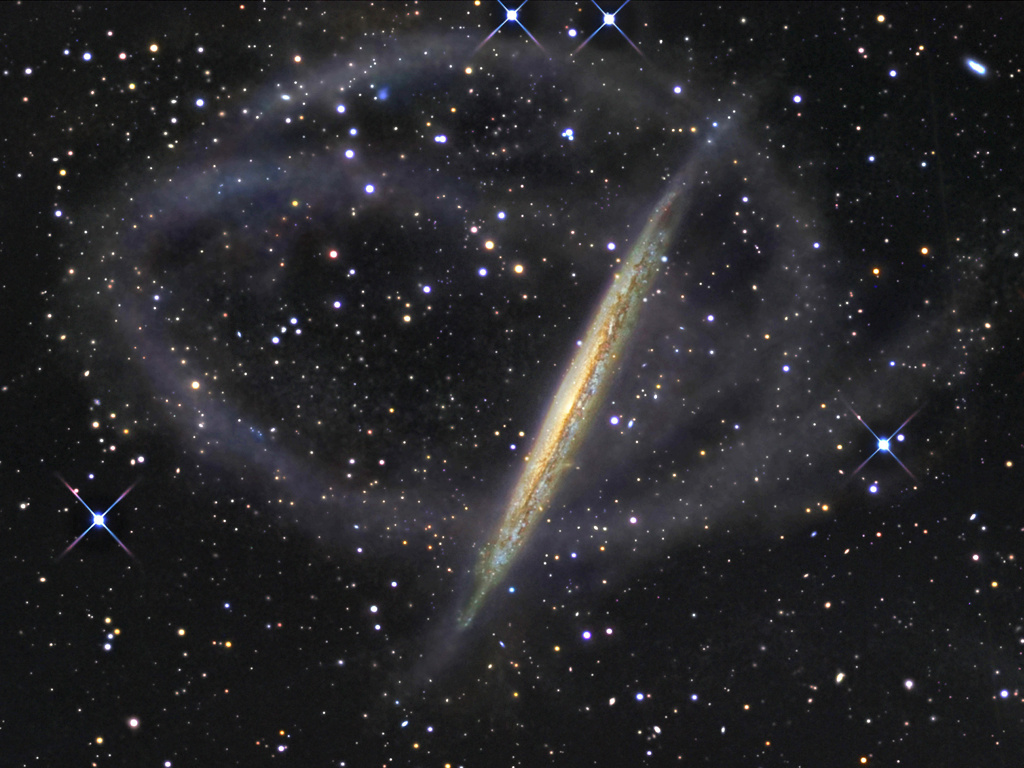
Hubble Spots a Curious Spiral

M16 and the Eagle Nebula
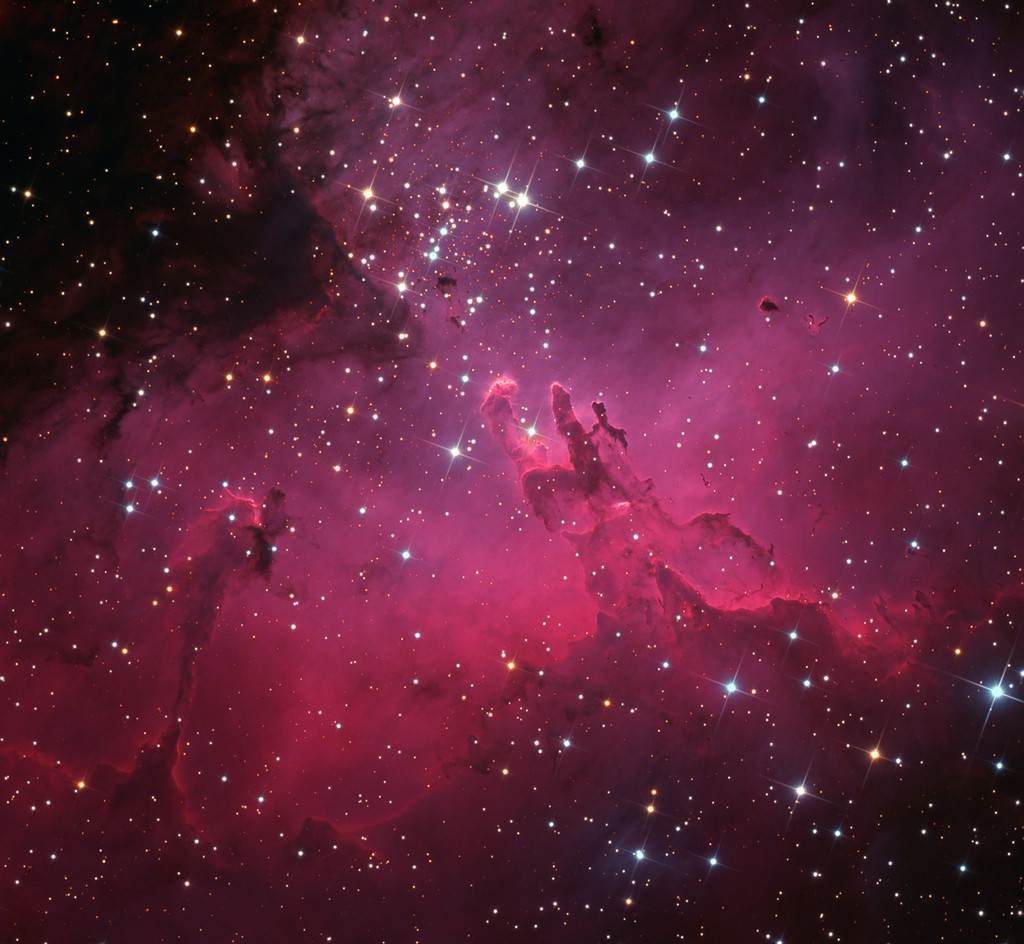
Apollo 12 Sees a Solar Eclipse

Mercury and the Quiet Sun

Powtawche Valerino: Supporting NASA’s Space Launch System Program

Mercury in Silhouette

Mercury's Solar Transit

NGC 3717: A Nearly Sideways Spiral Galaxy
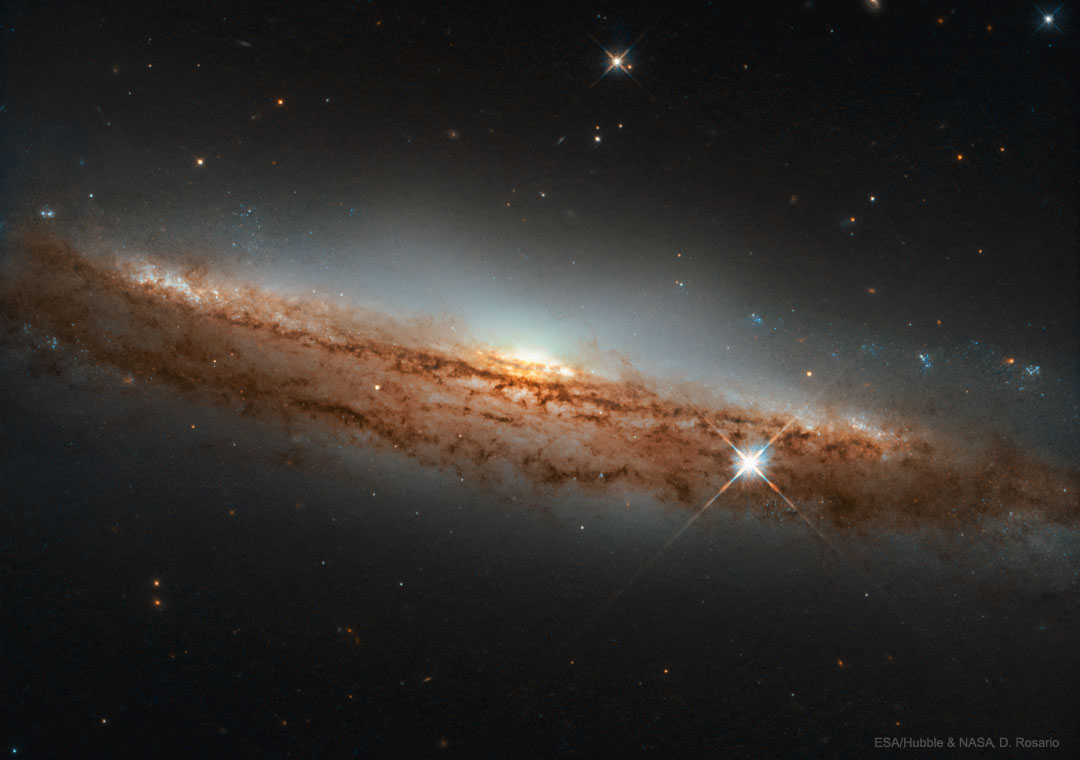
Lunar Craters Langrenus and Petavius

A Mercury Transit Sequence
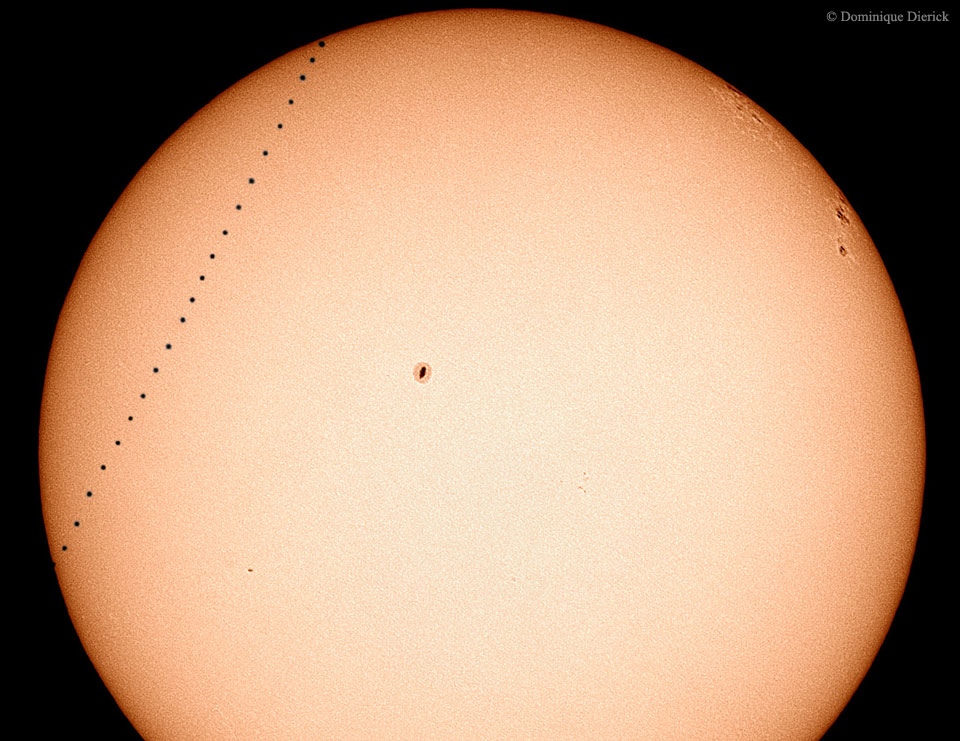
Saturn the Giant
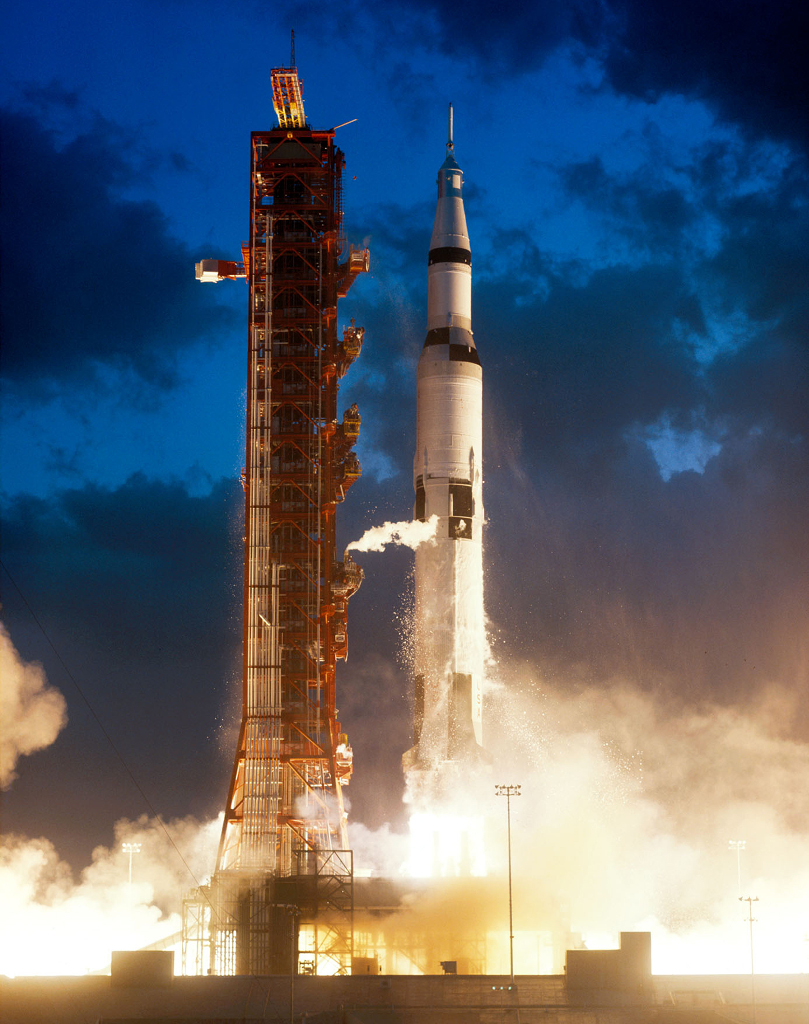
Building the Rover of the Future

This Week in NASA History: First Launch of Saturn V – Nov. 9, 1967

Messier 45: The Daughters of Atlas and Pleione
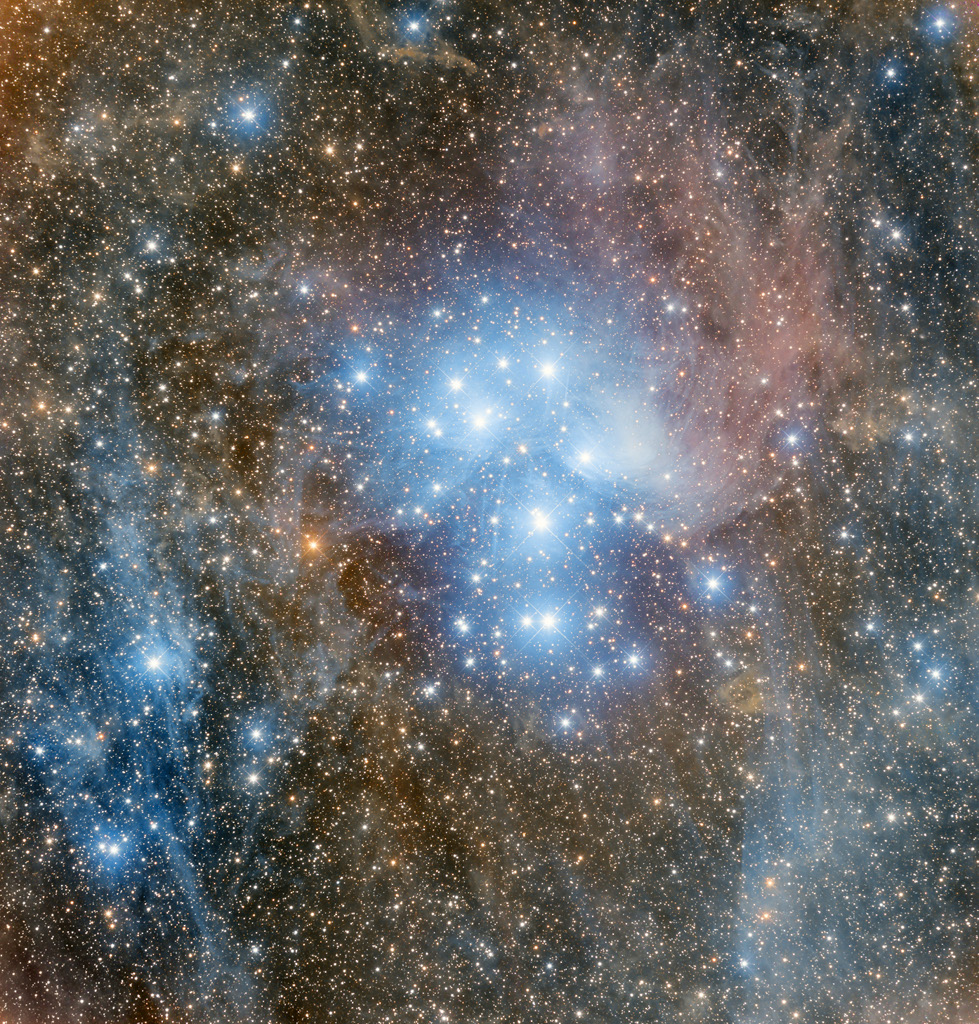
The Cygnus space freighter is attached to the Unity module

21st Century M101

How CBD Could Change Your Skin Care Routine
CBD is becoming increasingly recognized for its anti-inflammatory, pain-relieving and antioxidant properties when taken internally. However, recent research suggests that this same therapeutic potential translates to the skin too.
This might be why CBD is now available in lotions, creams and skin care products everywhere. And with both high-end and budget skin care companies incorporating CBD into their products, making it available to a wider audience, the buzz around CBD won’t die down soon.
There are tons of claims being made about the different benefits of CBD for skin and how amazing it is. Is it true? Let’s take a look.
How Does CBD Work for Skin?
The largest organ in the body, the skin functions as a barrier against environmental factors, which include sun exposure, toxins and harmful organisms such as bacteria and fungi. Of all the body’s organs, the skin also contains the highest amount of the cannabinoid receptors.
These cannabinoid receptors form part of the endocannabinoid system (ECS), which acts as a kind of auditing system within the body, and is responsible for regulating a wide range of essential physiological functions. These include processes such as inflammation, pain regulation, immune system responses and even the amount of oil the skin produces.
This is also why CBD works so well for the skin—its ability to stimulate and affect the cannabinoid receptors in the skin. Simply put, the healing, soothing and calming effects of CBD when it comes to skin is because of its ability to directly influence and regulate the endocannabinoid receptors present in the skin.
How CBD Helps with Specific Skin Conditions
How does this translate to specific skin conditions and how does CBD work to help with each?
Acne
Acne may have different underlying causes, but some of the main culprits are an increase in the secretion of sebum couples with a bacterial infection of the Propionibacterium acnes (P. acne) bacteria. This results in swollen, red bumps on the skin that are often inflamed and painful.
Cystic acne, which is caused by infection and inflammation deep in the skin, is said to be more responsive to treatment with CBD. Numerous studies have now shown that CBD has powerful anti-inflammatory and anti-bacterial properties.
In addition, CBD has also been shown to be involved in the production of skin lipids—in effect having the ability to work preventatively against the initial formation of acne. Data from various clinical studies indicates that CBD effectively regulates, balances and reduces the formation of sebum in the skin’s sebaceous gland, in turn reducing the major factor involved in the formation of acne.
Anti-aging
Scientists now believe that free-radical damage is one of the major players in aging—especially the skin. Free radicals are atoms that have lost an electron and are caused by a variety of environmental factors such as smog, dust, cigarette smoke, and the sun. In an attempt to fix themselves, free radicals attempt to grab electrons from atoms in the skin, causing damage to the skin’s DNA, which results in accelerated aging of the skin.
Antioxidants are the best defense against free radical damage, with research indicating that they help fight against free radicals and reduce the signs of skin again. With CBD’s antioxidant properties, CBD-infused anti-aging creams have the potential to visibly reduce fine lines, wrinkles, skin dullness and redness characteristic of aging skin.
Sensitive Skin and Dermatitis
Sensitive skin is more prone to redness and irritation, and more likely to develop skin conditions such as dermatitis. Dermatitis is an inflammatory skin condition that’s caused by contact with an irritant, resulting in red, itchy or burning rashes.
CBD is also known for its powerful soothing, calming and normalizing effects on the skin. Because of this, CBD could be able to help minimize and reduce the redness and irritation often characteristic of sensitive skin types. In addition, the anti-inflammatory properties of CBD could also help reduce the symptoms of dermatitis.
Eczema and Psoriasis
Eczema and psoriasis are a type of chronic autoimmune diseases for which there is no cure. Both conditions are characterized by itchy or painful patches of dry flaky skin caused by excess skin cell production and division.
Treatment is usually focussed on symptom management and involves a combination of medicinal and lifestyle changes. However, CBD is increasingly becoming a popular option for relieving the symptoms of eczema and psoriasis. Studies are showing that CBD could have the ability to slow down skin cell division, in effect tackling the root cause of eczema and psoriasis.
What to Look for When Buying CBD Skin Care
Because the CBD skin care industry is relatively new, it is unfortunately also still largely unregulated. Therefore, if you are considering using CBD in your skin care, there are a couple of things to look out for before spending your hard-earned dollars.
Price-Potency Ration
Effective, potent, pure and high-quality CBD extracts takes time, effort and money to create. Price is often a good marker. It’s worth investing a bit more money. Try to steer clear of products claiming to have a high concentration of CBD for very little money. Chances are that product is subpar and from unregulated CBD sources.
Purity
Look for products that contain pure CBD and are refined several times. When it comes to CBD for skin, the purer the better, as other compounds present in the hemp plant do not have the same therapeutic skin care properties.
Third-Party Testing
Dig a little deeper and see whether the company has lab tests available on their website. If not, contact their customer services department to request a copy. Any reputable CBD company should be able to provide an independent lab result showing the quality and purity of the CBD used in its products.
The post How CBD Could Change Your Skin Care Routine appeared first on CBD Snapshot.
from CBD Snapshot https://ift.tt/2WJIX8m
Orson John: A NASA Pathways Student Becomes a Reliability Engineer

Spiral Galaxies Spinning Super Fast

Northrop Grumman Resupply Mission Bringing Science, Cargo to Station

Near the Center of the Lagoon Nebula
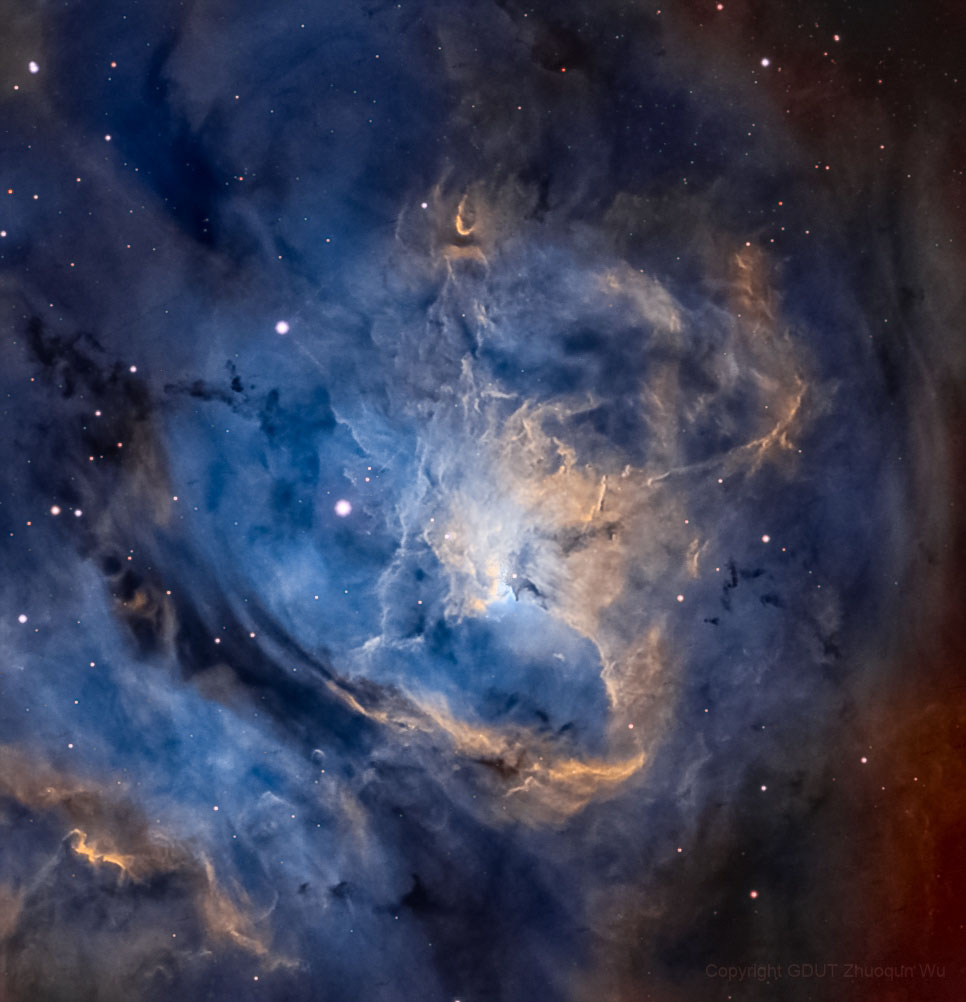
Daphnis and the Rings of Saturn
